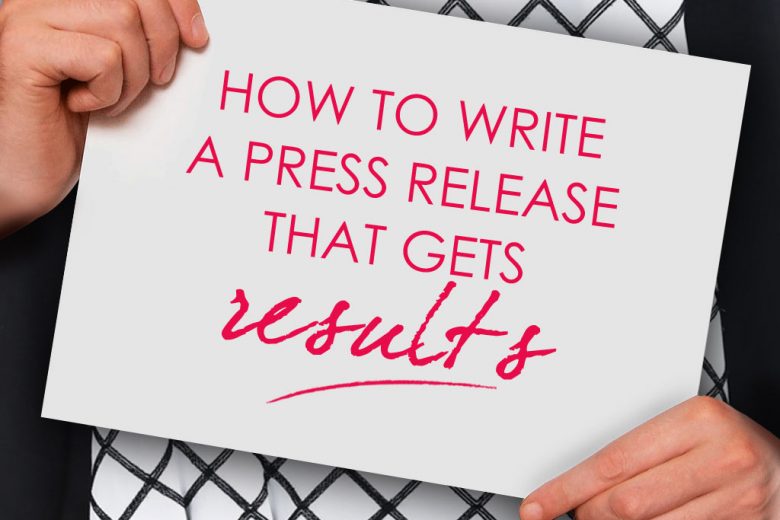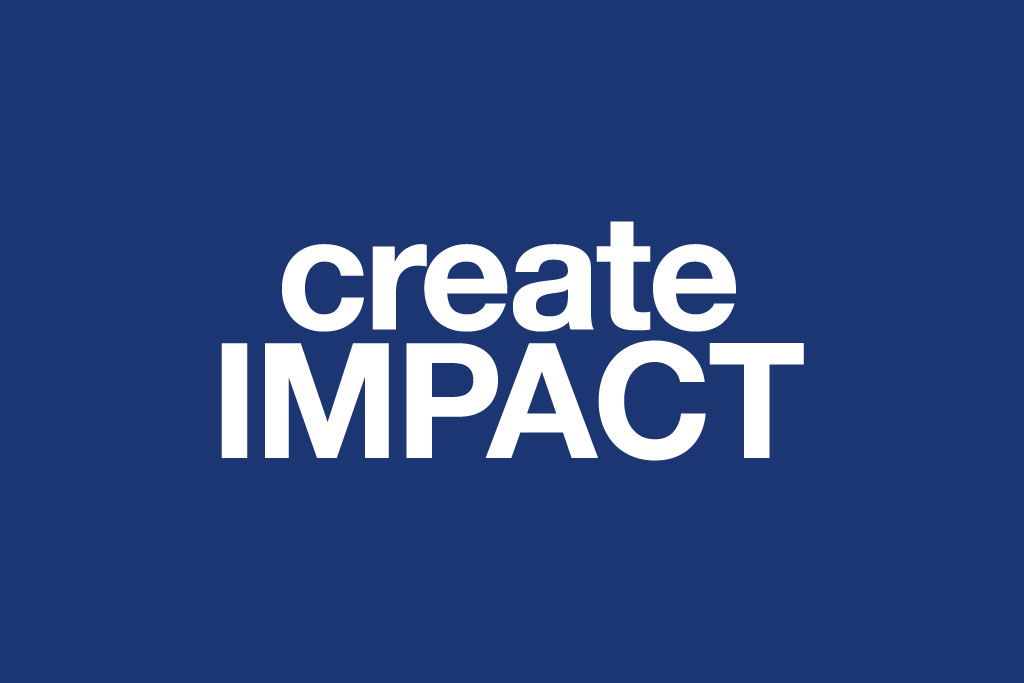How to write a press release that gets results
Getting media coverage can be great free publicity. And if you want to spread the word about your products, services or business, writing and sending out a press release is a must. But like most things in life, it’s not quite that easy.
In fact, getting the attention of a journalist and convincing them that your news would make a good story is much harder than you may think. Journalists may receive dozens of press releases every day, and to give yours a chance of standing out (or even being read) you need to make sure it’s written using the right formula.
As we found out the hard way.
How we learned to write a press release the hard way
When we launched Talented Ladies Club we created a carefully-written press release and sent it out to relevant publications. Then sat back and waited for the emails and calls to pour in. And waited.
In fact, our press release barely made a ripple in the media. And when we look back now we’re not surprised. It wasn’t that what we were saying wasn’t newsworthy – we just didn’t know how to convince journalists our story was a must-read. (In all probability, very few of them even opened our email.)
Since then we’ve learned our lesson. We’ve researched the art of press releases and armed ourselves with as much PR knowhow as we can. So next time we send out a press release we can be sure that our efforts will be rewarded with results. And we’ve decided to share our new expertise with you too, to hopefully save you from making the same expensive mistake.
Getting started – preparing to write your press release
The first thing to think about is why you’re writing a press release in the first place. Obviously you want publicity, but why? Do you want traffic to your website or blog, to sell more products, or to position yourself as an expert?
And who do you want to get the attention of? What audience do you want to reach? You also need to think about whether you want a news story, or are angling for a longer feature.
Without knowing these vital pieces of information, you probably won’t get the results you want from your PR efforts. If you don’t know who you’re talking to, you can’t choose which publications or media outlets to approach. And if you’re not clear about what you want them to do, you can’t ensure your press release will convince them to do it.
What makes a good story?
If you want to gain the attention (and just as importantly, interest) of a journalist, you need to give them a good story. And just because you find your news fascinating, doesn’t mean it’s going to be interesting to other people.
So think carefully about who you’re talking to, and what they’ll find interesting about your news or angle. What’s in it for them? (In copywriting we’re taught that everyone operates out of self-interest most of the time, so if you can portray your news as a benefit to someone else, they’re much more likely to pay attention to it.)
Sometimes, the roots or wrapping of a good story can be found in the least obvious places. So dig around to find an interesting angle to tell your news through. Some ideas include:
- An unusual or interesting customer.
- A new product or service that genuinely revolutionises peoples’ lives.
- Interesting or new facts, figures and information.
- Unusual customer stories.
- An interesting story behind a product (eg what inspired it, or if it was developed by mistake).
The question ‘What makes a good news story?’ in The Guardian, elicited this response:
“Broadly, news stories have two or more of the following qualities: topicality, size, impact (in terms of effect on people), human interest, local interest or an element of the bizarre. A story with all six is likely to end up on the front page: a story with only two might not make the grade.”
A general online search reveals that the elements of a good news story include:
- Timing – if possible, tie your story into a current news event, season etc.
- Impact – the more people affected by your story, the more likely it will be picked up.
- Locality – publications that are closest to the location of your story are more likely to be interested.
- Fame – if your story involves someone or something famous it may make more of an impact.
- Human interest – if your story appeals to peoples’ emotions and experiences it will have more longevity.
Writing a powerful headline and subject line
Once you’ve identified your target audience, understood what you want to achieve, and picked a good story or angle, the next thing you need to do is to write a press release that incorporates and delivers on all of them.
And your first (and sometimes only) shot to get the attention of a journalist is the headline and email subject line. Ideally your headline and email subject line will be:
- Short.
- Catchy.
- Active.
- Descriptive.
An example may be: Blind Brighton mum wins business award. This tells you what the story is about, and, if you’ve picked your publications or journalists well, will let them know the story is relevant for their readers or viewers.
Why your first paragraph is vital
Once you’ve passed the first test and enticed the journalist to open your email, you then, again have seconds to convince them that was the right thing to do – and that means writing a world-beating first paragraph.
A good, well-written first paragraph tells the journalist everything they need to know about your story to make an initial decision about whether it may be for them or not. It saves them time by not having scour your press release to discover whether your story isn’t relevant for their readers or viewers. So when you write your first paragraph, do so with the journalist in mind and write what you think they want to read, and not what you want to say.
If your first paragraph is too long, or doesn’t contain the right information, there’s a very good chance a busy journalist won’t venture beyond your first few words (or bother reading it at all) so it’s worth spending time getting it right.
Stick to 30 words in your first paragraph
Ideally, your first paragraph will be short (no more than 30 words) and read like a news bulletin, revealing the who, what, when, where, why and how of your story. It may seem like a daunting task, but it’s actually a great exercise and a good test of whether or not you have a newsworthy story.
If you struggle to get your story down in 30 words, it probably needs more work. A good, clear story can be easily stripped back to the bones. If yours can’t then you need to revisit your facts and information, and either look for another angle or dig deeper for the real story.
Getting the rest right
Once you’ve written your introduction, you can then elaborate on your story. It’s always a good idea to try to stick to facts and relevant information that a journalist can confidently use (provide sources wherever possible).
Resist the temptation to talk yourself or your story up – let the details speak for themselves. If you hide facts in grand claims, overly technical terms, fashionable buzzwords and generic brand statements, journalists may not see the story (or be too bored to read on).
Just like a good CV, a great press release contains enough information for someone to get a good idea of you and your story, but not too much that they’re daunted by the length of it. So try to keep your press release to one or two pages (on the rare occasion you have a lot of essential details you need to include, you may extend to three pages).
Using quotes in a press release
It’s a good idea to include a quote or two in your press release, but with one very strong proviso – it has to be relevant and interesting.
A quote adds colour to a story, and makes it easier for a journalist to write a newsworthy story – but only if it’s from someone connected to the story, and if it adds further information or context to it. A 200-word generic company statement from someone unconnected to your story isn’t going to be of interest to anyone, and may send an otherwise spot-on press release straight into the reject pile.
Words to avoid in your press release
You may be the first person or business to uncover news or invent a product, or the best at what you do, but you won’t be the first to write a press release saying these kinds of things.
As a result, there are some words that have become so over-used that they no longer have the impact intended – and indeed may just push a jaded journalist to delete your email without learning your incredible news.
So when writing your press release, try to avoid words like:
- Incredible
- Amazing
- Exciting
- Revolutionary
- Unique
- Best
- Leading
- Top
- Innovative
- Exclusive
Aside from being over-used, what these words attempt to do is tell people what you want them to think. But a much more powerful way to get your message across is to instead explain how and why your news is so great. For example, if you want to promote a new app for mums, rather than saying something like:
This exciting, unique app is the best new product for busy mums.
Convey its benefits:
Launching in June, the app helps busy mums save time by calculating exactly how long their school run will take – the first product on the market to do so.
The second description gives journalists much more to go on when considering whether or not to find out more, and helps them decide (and therefore be more likely to believe) whether your new product really is innovative and great.
Tweaking your press release for different publications
The more specific and personalised a press release appears to be, the greater the chance of it being read. So again, just like a good CV, you should try to tweak your press release for each publication you send it to wherever possible.
One way you may want to do this is by changing the language to match publications (for example, using words or phrases they appear to like), or highlighting specific parts of your story. You can also reference previous stories a publication or journalist has covered.
Remember to include your contact details!
At the end of your press release, it’s important to include contact details so journalists can get in touch if they need to. And when you send your press release out, make sure you (or the person you recommend they contact) is available.
It’s a small but vitally important point – all your efforts in writing a great press release will be in vain if journalists can’t get hold of anyone, so decide to forget the story.
And don’t forget your boilerplate copy either – your standard description of who you are, and what you do. (You can find out how to write it here.)
Start writing your own powerful press releases
And that’s it! If you’ve followed our advice here (and you’ve got a genuinely newsworthy story) you should have a powerful press release that will hopefully generate news coverage, and put your products, services and business on the media map.










